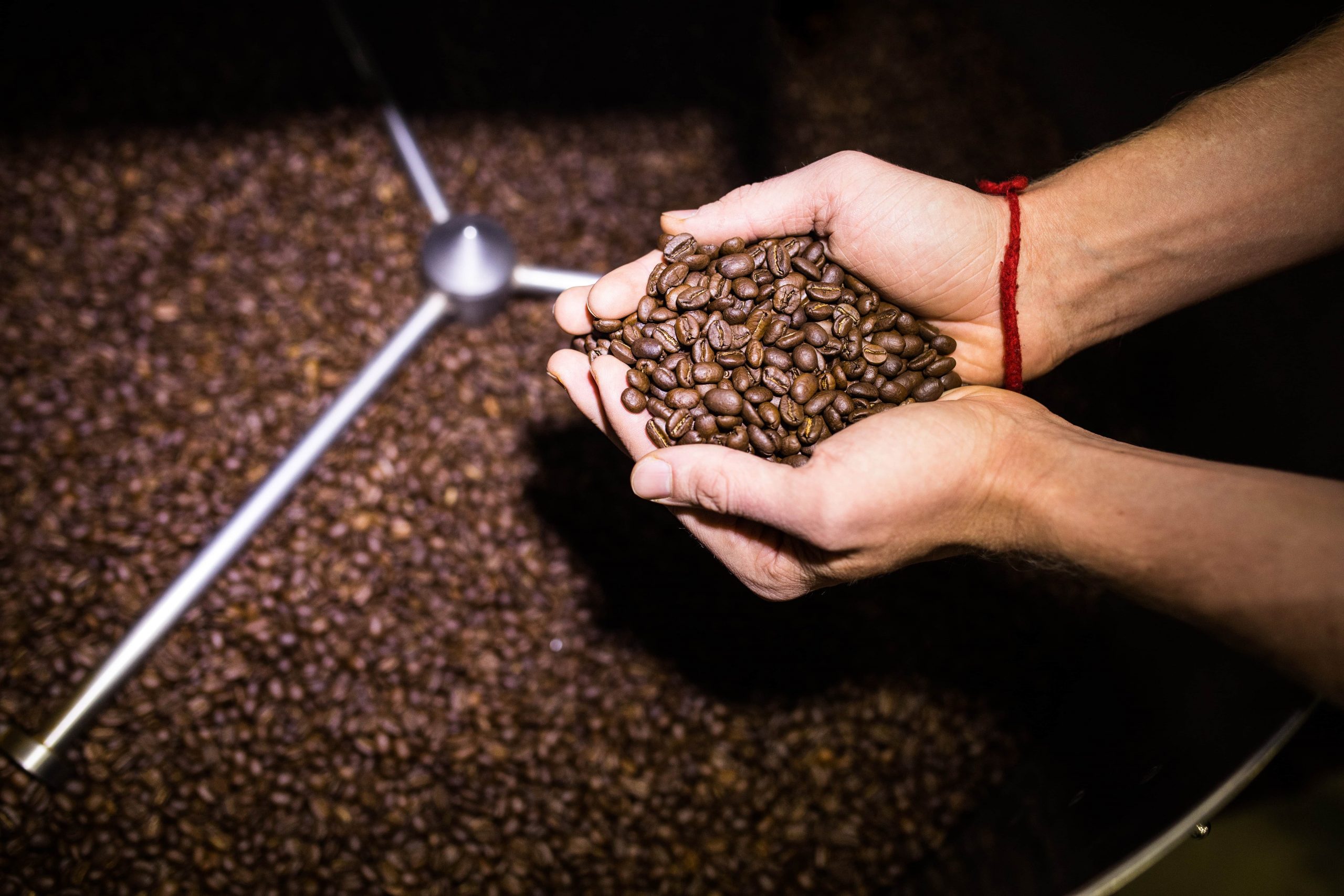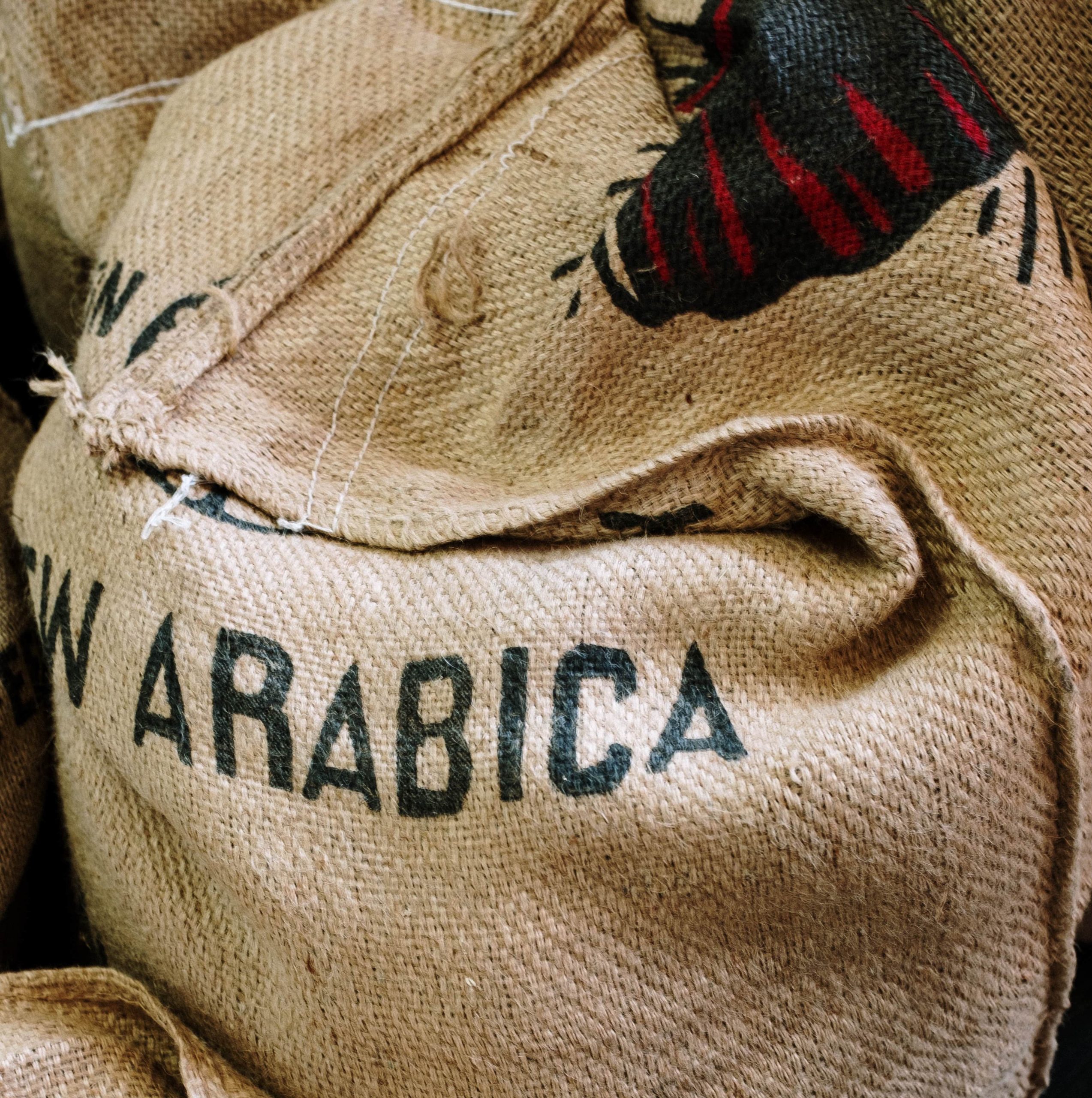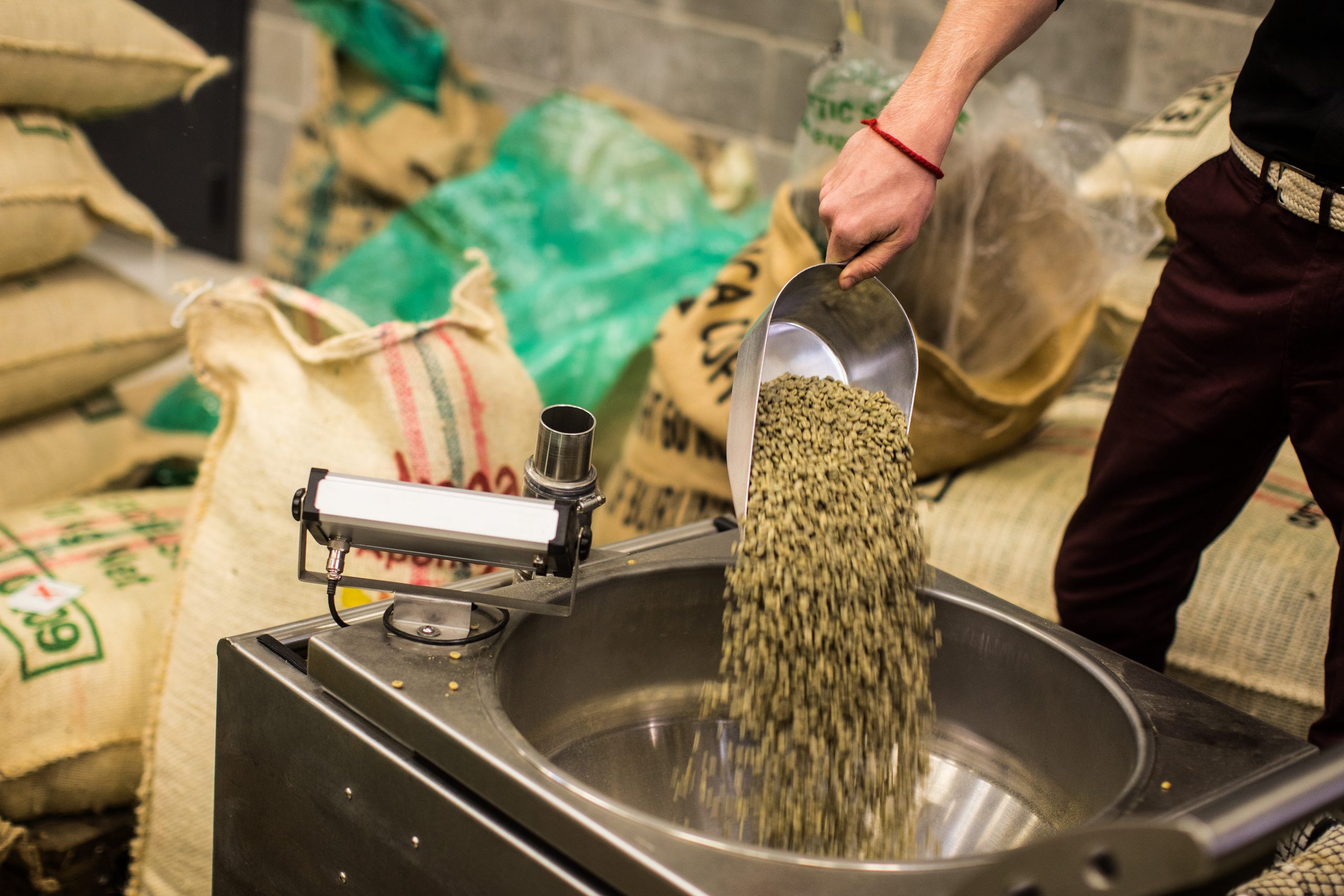How does the coffee supply chain work?
The coffee supply chain is a complex puzzle that involves different players and various challenges. Solving it takes a lot of planning and foresight, as well as keeping the ultimate goal in mind: customer satisfaction. So, how does that magic coffee bean make it from the remote farms of Colombia or Brazil to your reusable Starbucks venti cup? Find out how the coffee supply chain works in our latest article.

Ioana Neamt

‘The best part of waking up is coffee in your cup.’ We’re sure many of our readers would agree with this statement, but have you ever given any thought to how that delicious hot java ended up in your cup in the first place? Let us tell you, the journey of a coffee bean is nothing short of adventurous, and just like the saga of Sauron’s evil ring, it’s filled with twists and turns, jumpscares, epic battles, and colorful characters.
Alright, we might have taken it a bit too far, but you get the idea. The coffee supply chain process is an intricate one, and learning about it might make you appreciate your morning pick-me-up even more. For coffee producers, exporters, roasters, and retailers, the stakes are very high because good coffee is a basic necessity in modern society, on the same level as water, electricity, or an internet connection.
So, how does the coffee supply chain work, and what are some of its challenges?
There and back again: The journey of a coffee bean
Look, we’re not sure why these LOTR references keep coming up but bear with us. Maybe we associate the epic journey of the coffee beans with that of the brave little hobbits, who were willing to face danger at every turn to destroy the ring and save Middle Earth from doom. Coffee, for many of us, is absolutely indispensable, and without it, we feel lost and restless, so we need our hot cup of joe to save the day. That’s why the journey is so important.
In short, the coffee supply chain process involves a few key players, including:
- Coffee growers
- Processors
- Exporters
- Roasters
- Retailers or suppliers
It can also involve government agents whose mission is to make sure that the coffee we drink every morning complies with regulatory standards and is of the best quality for our health. Let’s take a look at what each of these key players bring to the (coffee) table, and what their role is in the supply chain.

The key links of the coffee supply chain
As we’ve mentioned before, the coffee supply chain involves a few key players. The process looks something like this:
- The growers harvest the coffee
- They send it for processing, or ‘milling’
- The resulting coffee beans are shipped by exporters to roasters
- After the coffee is roasted, it’s either sold at the roastery or shipped by exporters to retailers
Coffee growers
Did you know that it can take several years for plants to produce their first coffee harvest? The Coffea Arabica tree, for instance, will start to grow fruit after 3 to 5 years, and it will continue to produce for up to 100 years.
Coffee growers are in charge of overseeing this delicate process, ensuring that the coffee plants are taken care of and the proper conditions are ensured for optimal production. Growers are usually on a smaller scale, operating on small farms, and they also harvest and undertake some preliminary processing of the coffee beans.
Coffee processors
As we’ve mentioned above, coffee growers often also handle the processing of the beans, if they have the right equipment for the job. Processing the coffee berries involves either a traditional, ‘dry’ method, allowing the berries to dry in the sun, or the ‘wet’ method, which involves water and special equipment. Whichever method, processing involves removing the outer fruit shell to expose the green coffee beans. The process of hulling, cleaning, and sorting the green coffee beans is also known as ‘milling.’
Coffee exporters
Coffee exporters are the ones responsible for buying the coffee beans from co-ops or coffee farms and selling them to suppliers or brokers. Usually, coffee exporters know the ins and outs of the business and are experts at recognizing quality and picking the best products. They also need to have a license in place to trade internationally, and follow the proper regulatory guidelines.
Coffee suppliers
Coffee suppliers work with exporters, buying green beans from countries like Brazil, Colombia, or Ethiopia, and selling them to roasters across European or American markets. They usually buy coffee in bulk and have long-standing partnerships with different exporters, as well as retailers, acting like intermediaries, in a way. We also like to call them happiness providers, for obvious reasons.
Did you know?
Almost all of the world’s Arabica beans grow inside the Coffee Belt, a strip running horizontally along the equator about 25 degrees north and 30 degrees south of it.
The 10 countries that consume most coffee per capita are all outside of the Coffee Belt:
- Finland — 26 lbs
- Norway — 22 lbs
- Iceland — 20 lbs
- Denmark — 19 lbs
- Netherlands — 18.5 lbs
- Sweden — 18 lbs
- Switzerland — 17 lbs
- Belgium — 15 lbs
- Luxembourg — 14 lb
- Canada — 14 lbs
Coffee roasters
Who doesn’t love a good roast? No, we don’t mean the Comedy Central roasts — this is an article about coffee, so focus, will you? Coffee roasters are central characters in the coffee supply chain plot because how your hot cuppa will taste is all in their hands.
Depending on the roasting method chosen, coffee roasters work those magic beans to add flavor and intensity, based on what their customers prefer. Some people prefer a light roast, while others like’em dark. We’re not here to judge.
Light or dark roast for that extra caffeine kick?
While the caffeine content in a bean remains relatively stable through the roasting process, the caffeine concentration by volume and weight varies significantly. This is not due to changes in the caffeine itself but rather to the transformation of the beans’ size and weight. As beans spend more time in the roaster, they turn darker, become lighter in weight, and expand in size.
This means that a darker roast gives you stronger tasting beans but less of them, hence why the total caffeine content per cup will be lower.
Coffee retailers and consumers
Now, we’ve reached the final milestone in the coffee supply chain. After the roasters work their magic and roast those green coffee beans to perfection, it’s time for the final product to be shipped to coffee shops, restaurants, grocery stores, independent boutiques, specialty stores, or directly to consumers. There, just like the ring in Gollum’s cave, the coffee waits. Its time has now come.
Sorry about that. Let’s move on and learn about some of the most challenging aspects of the coffee supply chain process.
State of Inventory Management — Access the full report
Download the full report based on data from real businesses using Katana to explore key trends and actionable insights that will help you navigate an uncertain 2024.
Challenges of the coffee supply chain
The coffee bean has a long way to go until it reaches its final destination, and its path is lined with obstacles and challenges. Just like Frodo’s (last one, we promise). The coffee supply chain process is not always a smooth-running operation, and there are several factors that can cause disruption.
Global pandemics, diseases, climate change, political or economic turmoil — all of these factors can impact the coffee supply chain significantly. Because of this, coffee production can vary from year to year, posing a challenge for exporters and suppliers, as well as retailers.
A common problem is simply due to logistics. Many coffee farms are located in rural Colombia or Ethiopia, where severe weather can cause traffic delays and impede the transportation of goods. Lack of proper infrastructure, as well as below-standard technology and communication tools in these remote areas, can also pose a threat to the coffee supply chain. Political instability can also lead to strikes, protests, and crime, making it difficult for exporters or suppliers to visit coffee farms and transport products across borders.
Because of these common challenges, producers, suppliers, and exporters need to make sure they have relationships with a number of coffee farms to prevent things like stockouts, delays, quality issues, or dissatisfied customers.

Solving the coffee supply chain puzzle with Katana
Whether you’re working as a producer, exporter, roaster, supplier, or retailer in the coffee supply chain, you’ll need to make the best of the resources and tools available to you to make sure customers get to enjoy their coffee every morning. With Katana, you can keep track of your coffee products at every step of the production process in real time, so you can avoid things like stockouts, overstocking, and delays in shipping, and ultimately, keep your customers satisfied.
With reliable inventory management software like Katana, you can mitigate the risks and challenges posed by:
- Economic fluctuations
- Political instability
- Extreme weather
- Raw materials availability
- Manufacturing costs
- And much more
Without integrating powerful, reliable, and secure coffee roasting software that enables transparency into the entire supply chain, such as Katana. You shall not pass!
To see how Katana can help your business and solve daily challenges, request a demo today.

Ioana Neamt
Table of contents
Get inventory trends, news, and tips every month
Get visibility over your sales and stock
Wave goodbye to uncertainty with Katana Cloud Inventory — AI-powered for total inventory control